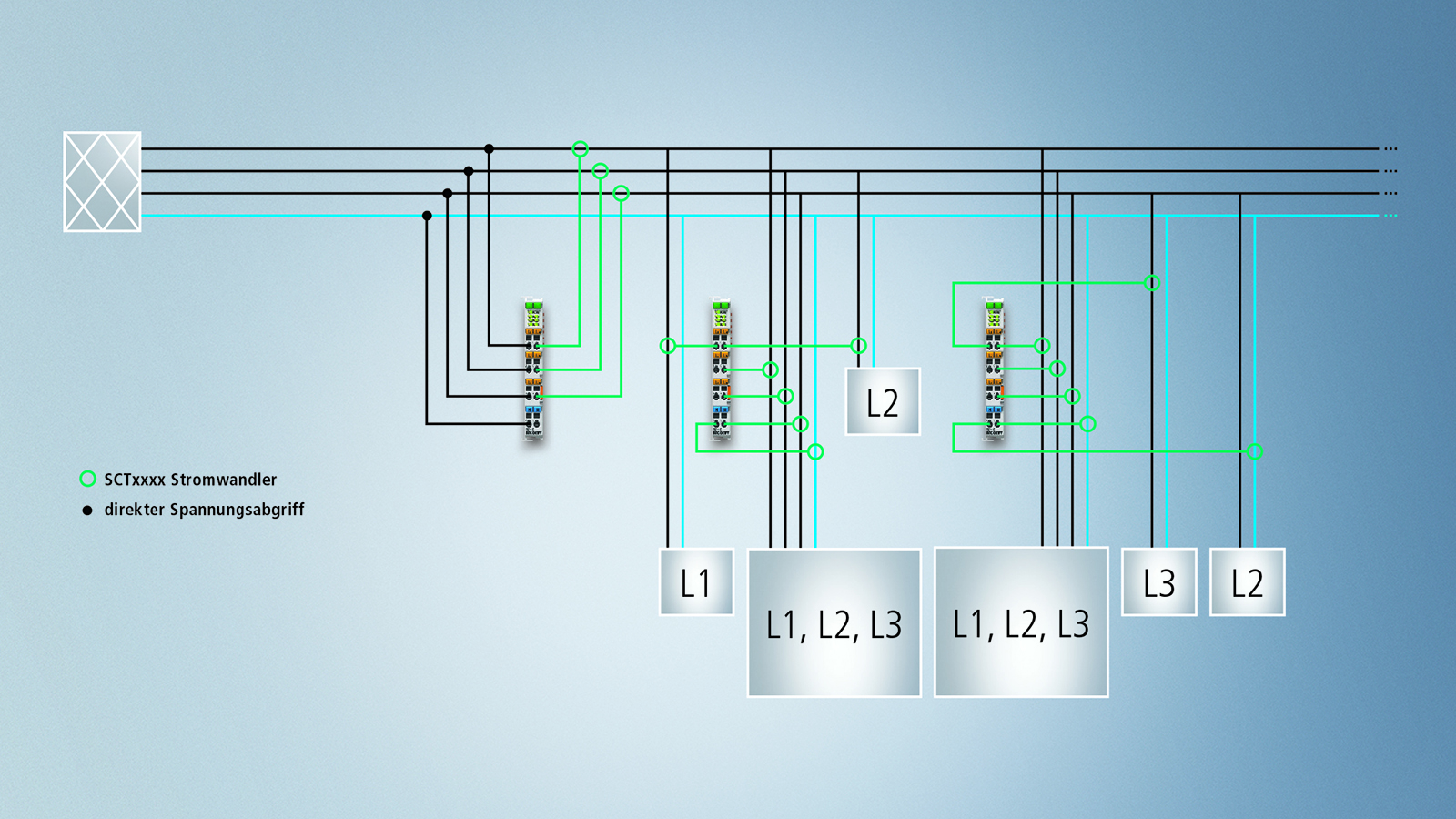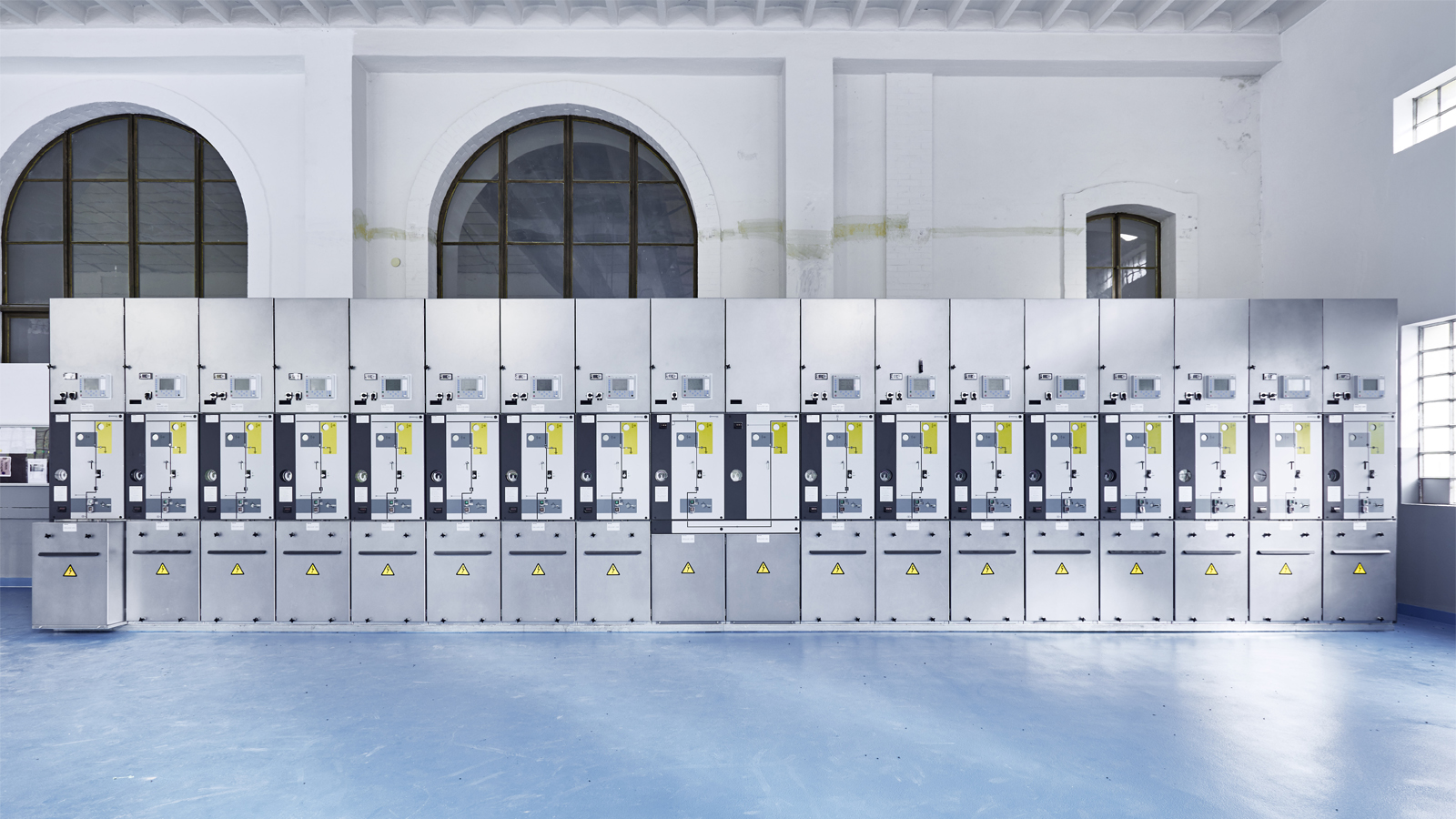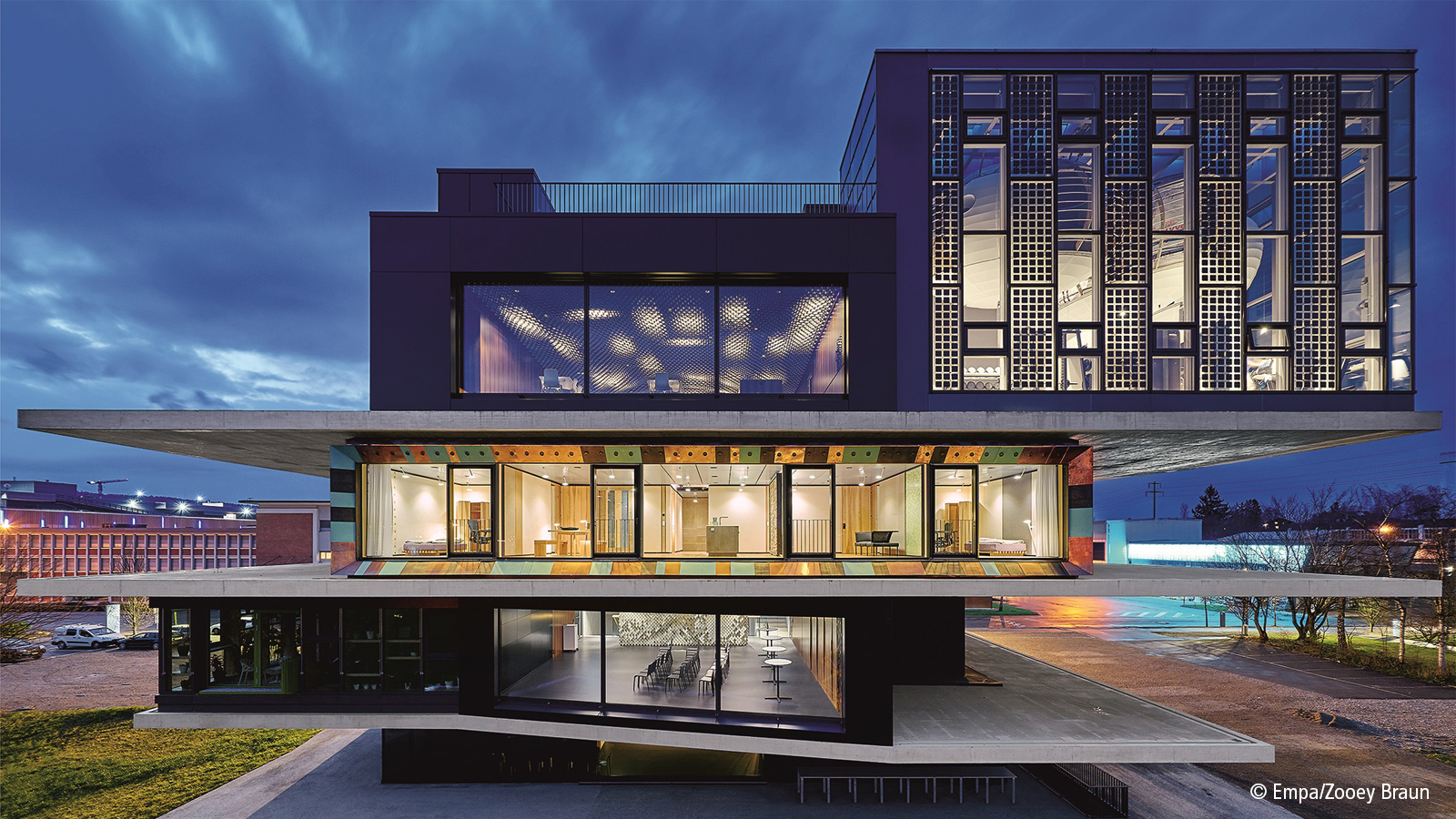EtherCAT-based control technology enables highly efficient building automation
Modern non-residential buildings place many high demands on building automation. These range from energy-efficient and sustainable building operation and comprehensive energy management through to the charging infrastructure for electromobility and fulfilling new legal requirements for recording energy and consumption data. This can be optimally implemented with EtherCAT-based control technology, which provides an efficient central automation architecture thanks to ultra-fast data communication. In addition, a wide variety of network topologies can be implemented based on the client's needs, and all established sub-bus systems can also be integrated into the topology with a high degree of flexibility.
EtherCAT celebrated its 20th anniversary in 2023, confirming its success as a high-performance real-time Ethernet system and open IEC standard for a diverse range of applications. These include a wide range of functions in industrial and functional buildings, such as air conditioning, lighting and shading, technical control centers for supply systems, event technology and measurement technology in energy distribution systems.

Fast, consistent, and reliable data acquisition is becoming increasingly important. Legislation now requires energy and consumption data for non-residential buildings to be recorded, which can only be achieved efficiently and cost-effectively with high-performance communication technology. The importance of a high data transmission rate is also confirmed by the VDI 3814 standard, Part 1 (Building automation and control systems (BACS) – Fundamentals). It states that the response times of building automation systems have a significant influence on their usability, as when a room automation system has limitless flexibility, fast communication between all segments, rooms, and areas is required.
The central automation philosophy
Specifications can be optimally implemented with the EtherCAT-based central automation philosophy. This is based on centralized control technology. This means that the control is distributed to one or more industrial PCs as required. This technology is supplied with the required data via decentralized I/Os and fast EtherCAT communication. A cost-optimized structure can thus be set up with as few controllers as possible which can then operate the required number of I/O components as an alternative to the more complex conventional approaches which generally have many controllers which only operate a few I/Os each.
This central philosophy is supported by the openness of the EtherCAT-based system solution: EtherCAT provides a technological foundation for integrating all building automation fieldbus systems and thus avoiding the subsystem bottleneck that often occurs with conventional data transmission. BACnet, DALI, DMX, KNX/EIB, EnOcean, LON, Modbus, M-Bus, MP-Bus, and SMI, for example, can be seamlessly integrated via the relevant EtherCAT Terminals and bus terminals. This approach enables highly efficient solutions in which a control processor receives the entire process image of all data points and subsystems within a few microseconds. This eliminates the usual latency times; an almost unlimited number of subsystems can be integrated into the system at any point.
The advantages of EtherCAT technology

On the fly telegram processing forms the basis for high-performance EtherCAT communication. In addition to the high transmission speed that this brings, the user also benefits from comprehensive online diagnostics and configuration options as well as automatic recognition of network subscribers, which eliminates the time-consuming task of assigning subscriber addresses. The implementation of the automation structure is simplified significantly by the flexible choice of topology (line, ring, or tree structure) and the almost unlimited network expansion or cable length. Implementation is also supported by the wide range of EtherCAT components with an IP20 or IP65 protection rating and, for example, simple terminal replacement via the hot swap function during maintenance work.
EtherCAT's excellent performance is illustrated by the following key figures:
- 10 bytes/ms data throughput, across 1,500 devices
- 200 analog I/Os (16-bit) in 50 µs (20 kHz sampling rate),
- 100 servo axes in 100 µs
- 256 digital I/Os in 12.5 µs
- 1,000 digital I/Os in 30 µs
Operation and maintenance of the building technology are facilitated by numerous diagnostic functions, such as breakpoint detection, continuous quality of line measurement for precise localization of transmission faults, and an option for creating logical diagnostic segments.
Holistic automation concepts
To assure efficient and sustainable operation of non-residential buildings, which are often complex, the focus should be on automation structures that are as holistic as possible. Only a holistic structure can ensure consistent data collection across all technical systems and areas of use, which is the essential prerequisite for tapping into all optimization potential. There are almost no limits here, which means that coordinated operation of the building and production technology can be implemented and an energy infrastructure, e.g. for electromobility, can be integrated.

For example, the EL6761 EtherCAT Terminal in combination with the TwinCAT 3 IoT OCPP software provides a complete solution for communication with charging infrastructure and electric vehicles. This can be seamlessly integrated into the building automation system. The Open Charge Point Protocol (OCPP) standardizes communication between charging stations for electric vehicles and the associated central management systems. The EL6761 EtherCAT Terminal serves as a communication interface in accordance with IEC 61851 and ISO 15118.
Efficient energy management systems are increasingly important for building operation in order to assure optimum supply within the property. The foundation for this is precise power measurement, which only EtherCAT, with its speed and exact synchronization, makes possible. The distributed power measurement concept, which enables accurate power measurement data to be obtained efficiently and cost-effectively even in very complex systems, is one of its special features. The EL3446 6-channel current input terminal for measuring currents of up to 1 A AC/DC forms a central element here. It can be used to determine accurate values, even for spatially separated voltage and current measurements. One of the key features here is that all relevant electrical data from the supply grid, including real measured values for power, can be determined with the EL3446, as a measurement terminal that solely measures current. The voltage values required to calculate the power data are transmitted to it – precisely synchronized by EtherCAT distributed clocks – via an EL3443 3-phase power measurement terminal, which only needs to be installed once for each grid. The active power and power consumption for each of the up to six connectable phases are then calculated in the EL3446. The RMS values for voltage and current as well as active, apparent, and reactive power or frequency, phase shift angle, and harmonics are thus made available, providing a comprehensive grid analysis that extends to energy management. This distributed power measurement concept with just one EL3443 and any number of EL3446s minimizes the hardware and installation work and costs significantly.
Further information
EtherCAT – tried and tested in buildings too
The increasing demands for efficiency and sustainability in building operation can, to a great extent, only be fulfilled by an ultra-fast communication system such as EtherCAT. The specific advantages of EtherCAT have already been recognized for many years, as this small selection of exemplary applications from PC Control, the Beckhoff customer magazine, shows (the year states when they were published).





